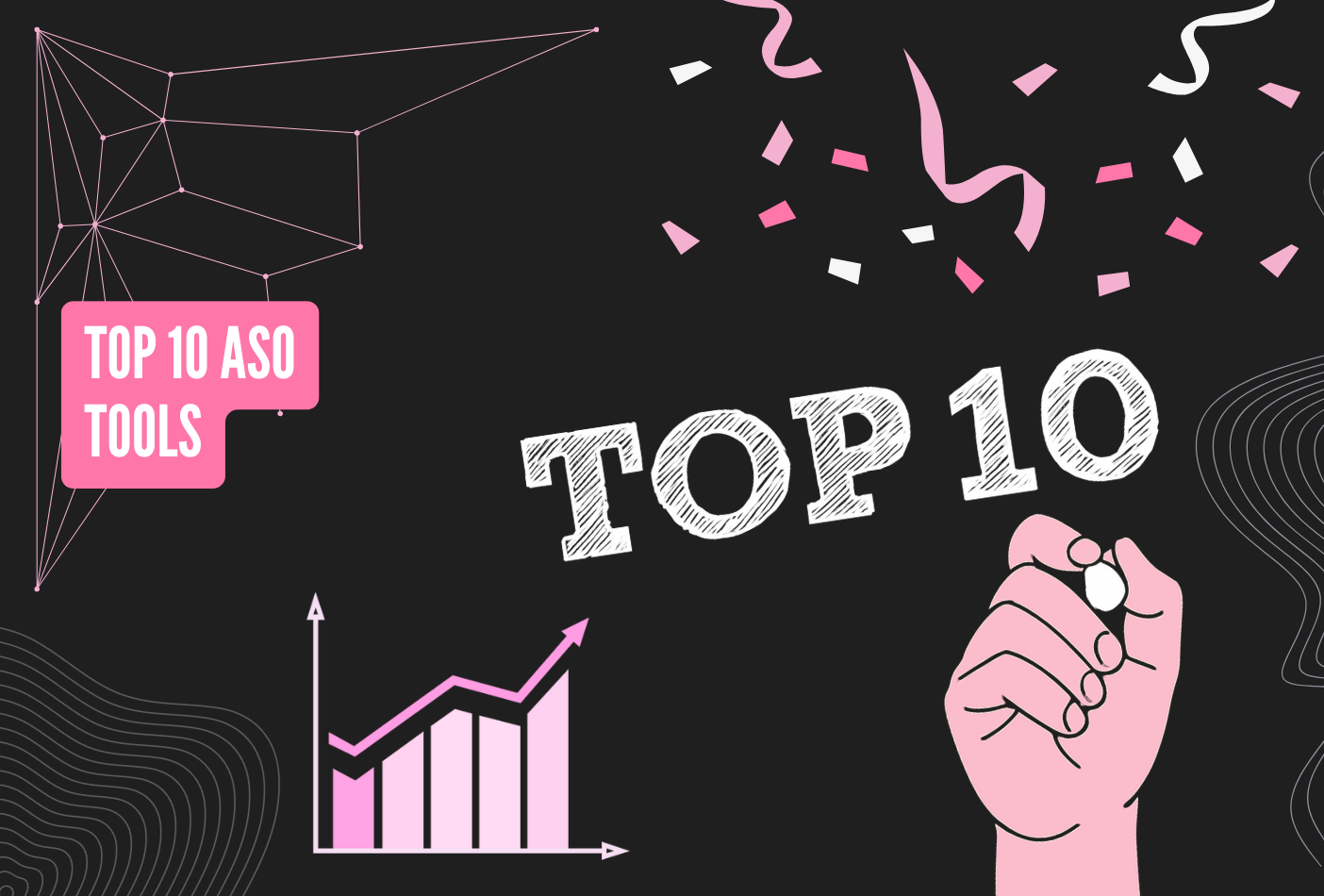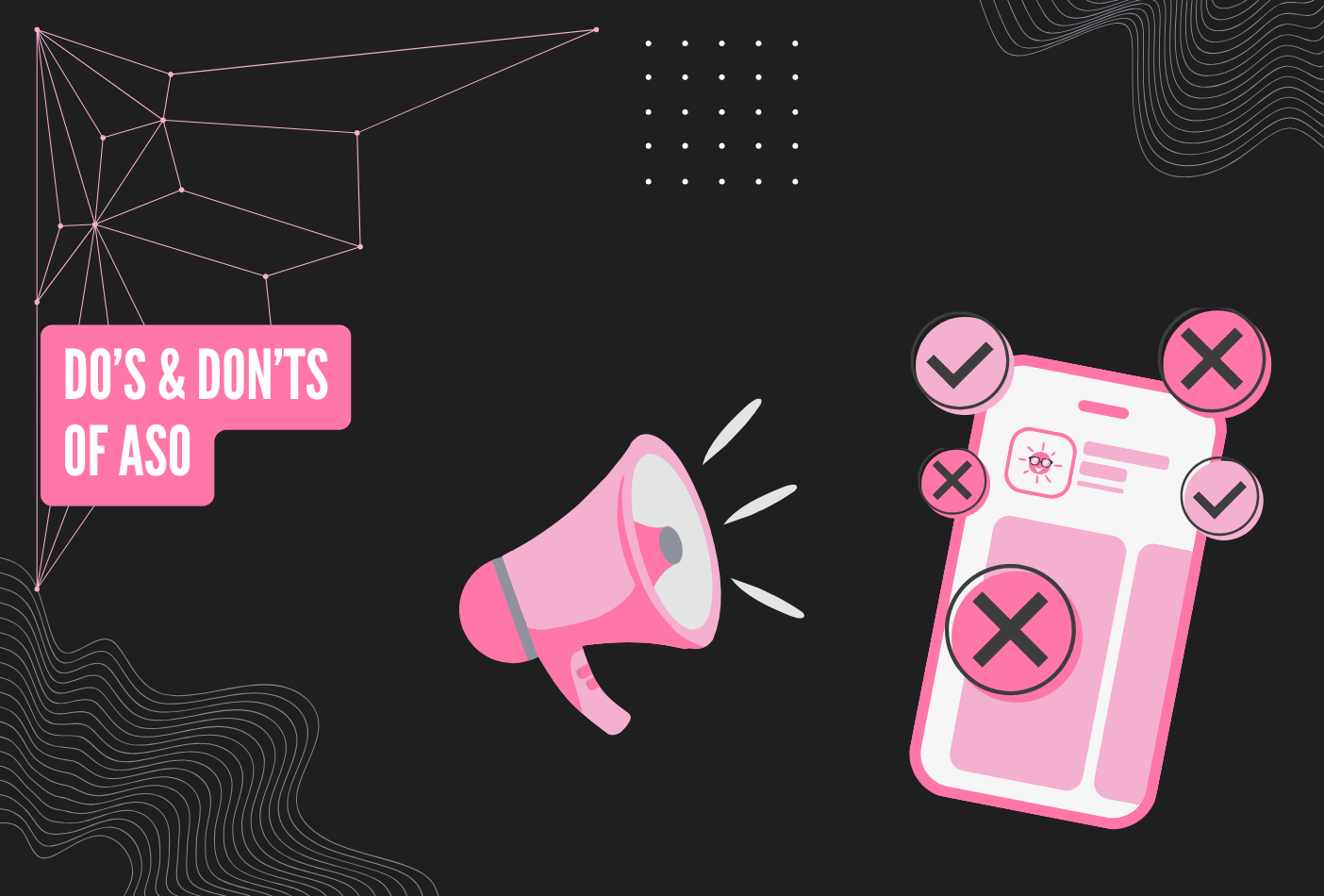Which channels and countries retain best? Our data-driven analysis
Retention is one of the most critical KPIs in mobile growth. Yet many teams stop at a D1 or D7 rate and miss the opportunity to understand what’s really driving churn — and what could be optimized. In this article, we’ll explore how to analyze app retention data by market, channel (paid vs. organic), and cohort, and how uninstall metrics complete the picture.
Why Retention Matters (Beyond D1)
While D1 and D7 retention rates are often used to measure early user engagement, it's the D30 and D60 rates that reveal true product fit and long-term value. Short-term engagement is important, but true business impact comes from understanding how users behave over weeks, not hours.
Benchmarks to Watch
- Industry standards can provide useful context, but always compare them against your app's historical data.
- Uninstall rates complement retention, helping you understand the flip side of the engagement story.
How to Structure Your Retention Analysis
To get meaningful insights, break down your retention data across multiple dimensions:
1. By Channel (Organic vs Paid)
This helps identify where high-quality users are coming from:
- Organic users often show higher long-term retention.
- Paid users may spike in D1 retention but need re-engagement strategies to stay beyond Day 7.
2. By Acquisition Platform
Not all paid channels perform equally:
- Compare retention from platforms like Meta, Google Ads, and TikTok.
- Look for patterns in engagement drops to fine-tune onboarding and CRM flows.
3. By Geo/Market
Cultural and economic differences shape user behavior:
- Identify countries with high D30 or D60 retention.
- Spot markets where churn happens early and investigate local relevance.
4. By OS (iOS vs Android)
Segment retention by operating system:
- Android and iOS audiences often behave differently.
- Lifecycle messaging or feature availability can explain platform-based gaps.
The Power of Cohort Comparison
Cohort analysis shows how user behavior changes over time:
- Compare retention across different acquisition months or campaigns.
- Spot the impact of product updates, marketing tests, or seasonal trends.
This is where you can answer questions like:
- Did our March push improve retention vs February?
- Did our onboarding revamp make a difference after Week 2?
Don’t Forget Uninstalls
Retention tells you who stays. Uninstall tracking tells you when and how users leave.
What to Monitor
- When do uninstalls spike? Often Day 1–3 is critical.
- Which sources churn fastest? Some channels may bring in less-qualified traffic.
- Compare with retention to get a full picture of app health.
Tracking uninstalls by source, market, and cohort helps spot friction points — whether it's poor onboarding, unmet expectations, or technical bugs.
Next Steps to Optimize Retention
Once you’ve segmented your data:
- Double down on channels and markets that show strong long-term retention.
- Fix weak links in markets with low D7/D30 rates.
- Iterate on onboarding and lifecycle flows — especially where you see early uninstalls.
- Personalize your re-engagement campaigns by platform, country, and channel.
🎙️ The Expert – JC, Co-Founder of Scalebay
"Too many teams focus only on D1. But the real gold is in D30 retention. At Scalebay, we help apps not just acquire users — but retain the ones who matter. Understanding what works in Spain vs Germany, or Facebook vs Google, helps you grow smarter."
Final Thoughts & CTA
Analyzing retention is not about a single KPI. It’s about building a layered understanding of who your users are, why they stay, and where to invest next. Comparing countries, channels, and cohorts helps you make decisions backed by data, not assumptions.
📈 Want help decoding your retention or building better lifecycle campaigns? Contact our experts today.
.png)
.png)



